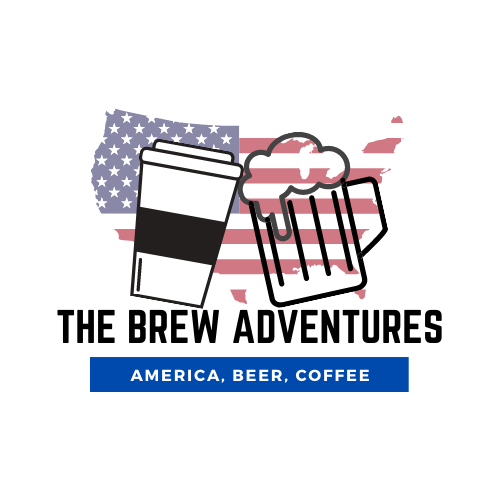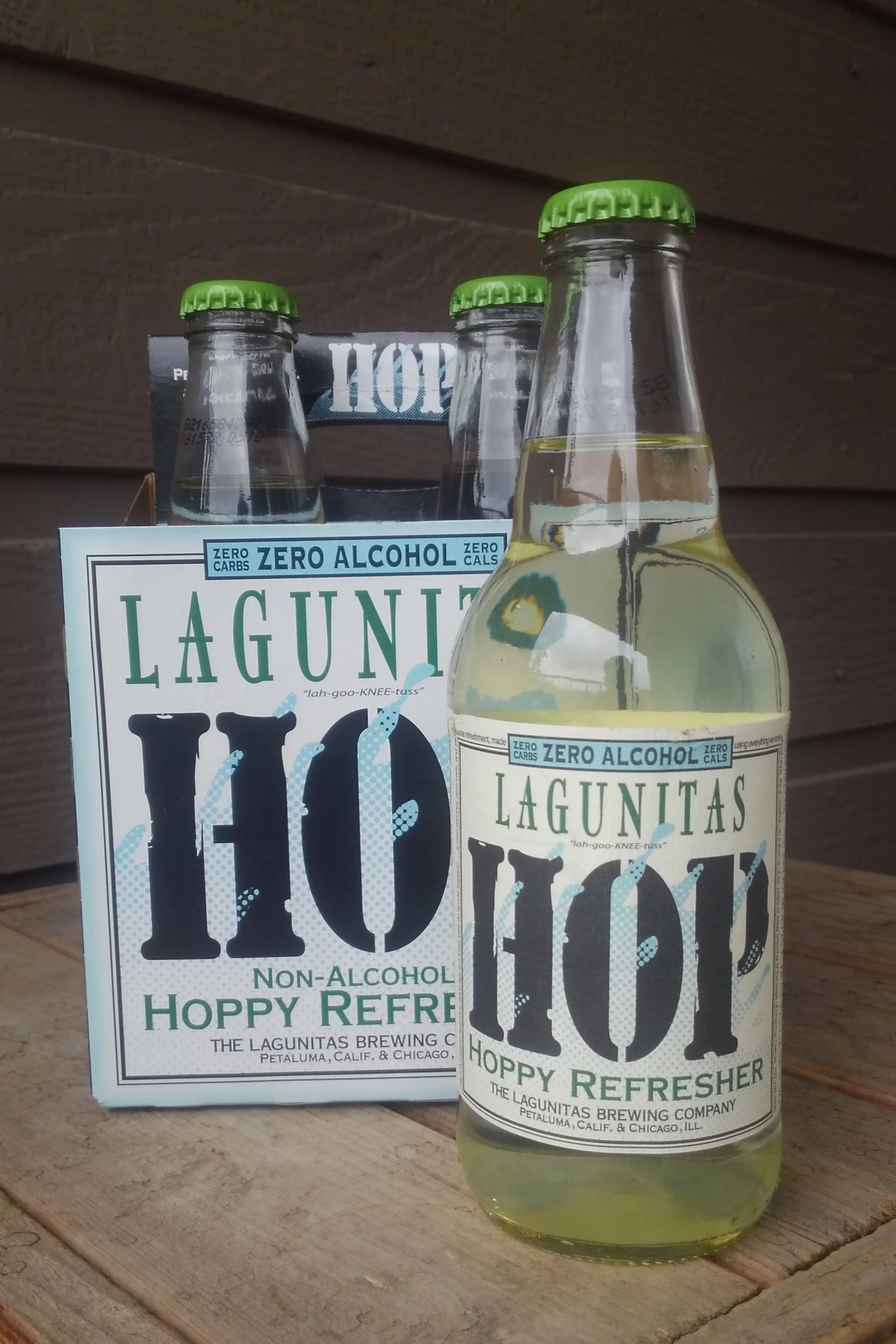What is non-alcoholic beer?
Apparently, Sober October is a real thing. And further research shows that Dry January is also a real thing. Well, color me unaware and uneducated. We run a beer blog, for goodness’ sake, what good could a couple months of sobriety do for us? In truth, quite a bit. But how does a person who loves beer and all its varieties and flavors go cold turkey? Is non-alcoholic beer really an option for people who won’t compromise on flavor? How is NA beer made? And will it be more similar to drinking turpentine compared to hoppy and full-bodied?
All good questions, and with the answers soon to come. But first…
What is non-alcoholic beer?
According to federal law, non-alcoholic beer must fall below 0.5% ABV to be considered non-alcoholic. This was once achieved by boiling the alcohol right out of beer, but many brewers, homebrewers, and beer drinkers alike know that boiling beer is the best way to make the worst tasting beer possible. And this was the case for many non-alcoholic beers for many years. But because of a more health conscious community and a desire for more options, craft brewers have found better ways to create NA beers without compromising on the flavor. And they use a little science to do it.
How NA beer is made
One way that craft breweries are able to maintain flavor while reducing alcohol is by using modified yeast that work to release the flavors and oils from hops but don’t munch on the maltose to make ethanol. So, we get the great flavors and aromas from the hops, and we get the malty goodness without the alcohol. Pretty cool.
But, innovation doesn’t stop there. Some companies also use other techniques (or a combination of them) like alcohol filtration and vacuum evaporation. Alcohol filtration is as it sounds. They filter out the alcohol to meet federal levels for and NA beer. But vacuum evaporation takes a little more science.
In this process the beer is put under vacuum pressure to lower the boiling point of the ethanol in the beer. According to an article on npr.com, ethanol boils off at 173℉, but under vacuum pressure they can get it to boil off at around 68℉. That makes a huge difference in protecting the beer from heat and oxygen, the two things that made old school NA beers so difficult to drink.
Does drinking NA beer have any health benefits?
According to many health experts, the recommended level of alcohol consumption is zero. This is laughable … and a hard truth. Alcohol has many negative effects on our bodies, and choosing NA beers can often be a healthier alternative. They are often lower in calories. This is a good thing for people involved in what many are calling a ‘sober curious’ movement that fuels much of the NA beer sales. So, people get the flavor of booze, but they get less of the empty calories and very little alcohol. It’s certainly an option for people concerned about the mental and physical side effects of alcohol as well.
One thing to note about many NA beers is that some of them add sugar to compensate for flavor, which is not healthier. Luckily, many NA beers have their ingredients on the label compared to regular beers. Give the label a peep first before you buy for health reasons.
I can honestly say that we have seen more and more people moving toward NA beer varieties for a healthier lifestyle. You’d be pretty hard-pressed to find a craft brewery nowadays that doesn’t have some sort of cycling group, or morning goat yoga classes, or CrossFit challenges on the weekends. Craft breweries are as much about environment and community as they are about the beer. It makes sense that there is a rise in NA beer curiosity, and with craft breweries leading the way, I think we will continue to find more great NA beer options ahead.
Cheers!
Mr. Brew

